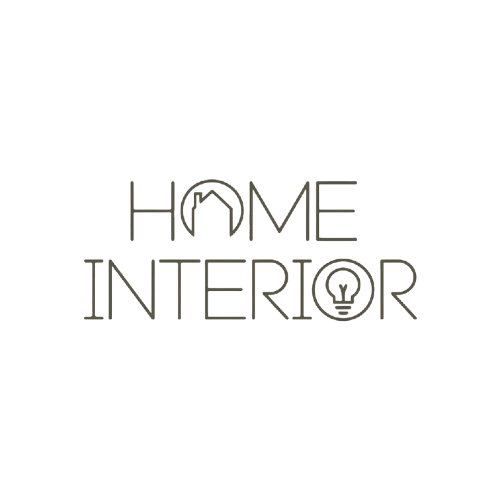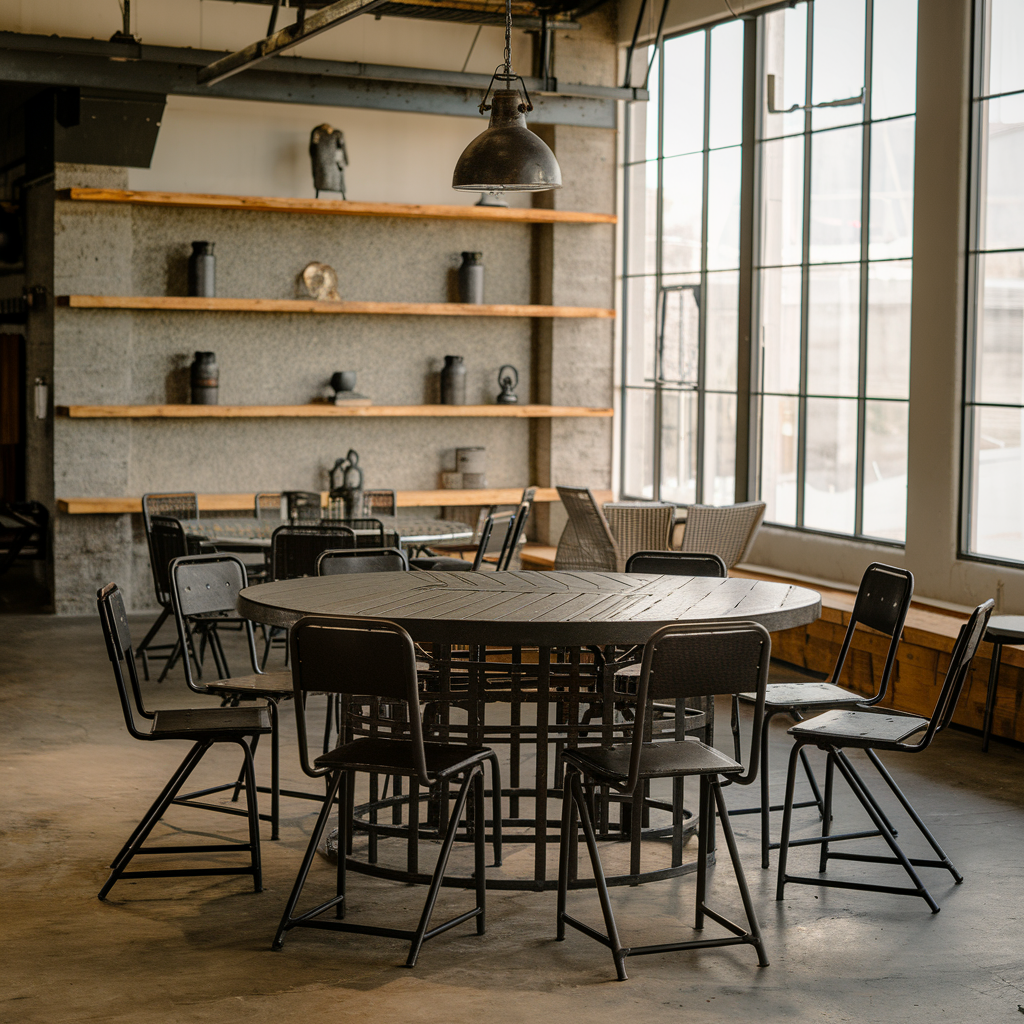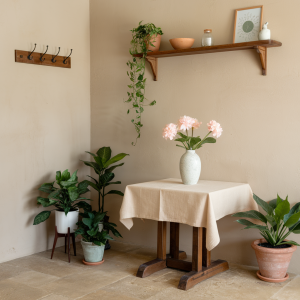
Call Us: +1 416-524-3149
- Home
- Custom Design Solutions

Taking into account how custom design solutions can impact your business, there are positive outcomes regarding brand identity and the user experience as a whole. Custom strategies that focus on your audience’s particular demands can help you stand out. But what does this call for, and in what ways can it benefit your brand? Knowing the details behind custom design could help you understand how it can foster engagement and growth for your business.
Key Takeaways
- Custom design solutions address specific client needs and preferences, which improve user experience and satisfaction.
- Distinct and memorable brands that become eye-catching for target audiences, yield brand loyalty through effective branding strategies.
- Engaging visuals and custom logos help communicate brand personality and differentiate products and services in a crowded market.
- Engaging feedback loops during design enhances accuracy and timely alignment with audience expectations and market trends.
- Future trends will focus on sustainability-driven personalization and AI/VR advancements to create immersive design experiences.
The Importance of Custom Design
Customization in design holds great significance in the modern world. Businesses or individuals need their products or services to be unique, and custom design helps fulfill that requirement. Through customization, a business can enhance the user experience of their customers as they feel valued and understood. This leads to improved brand loyalty, and customers become more willing to re-engage with the brand.
In addition, custom design enables the business to distinguish itself from its competitors. A marketplace that is flooded with contending brands makes it very difficult for a business to capture the attention of consumers. It is not just about offering a product, but creating an offering that makes sense to the target audience. Through understanding the likes and dislikes of their consumers, businesses can make designs that actually solve their problems.
Furthermore, there is a direct correlation between custom designs and conveying a brand’s identity. Custom designs show authenticity and customers appreciate brands that are genuine and want to portray their emotions. You are creating a story that resonates with the audience at a much deeper level.
The importance of custom design is that it helps create connections with the audience, increase value, and aid the brand to be visible. Focusing on customization places a brand in a position to win in the long term, in a market that is always changing.
Types of Custom Design Solutions
In the case of custom design solutions, there are some few options to think about.
A business can create a distinct position in the market with the help of personalized branding and product development makes sure that your business offer product meets specific customer requirements.
These types will be discussed in detail to understand how they can help boost your branding activities.
Personalized Branding Strategies
In any market, a brand can use personalized branding strategies to quickly establish the business. When you create a branding strategy based on being distinct, it is easier for the target audience to resonate with your brand’s memorable identity.
Branding that reflects your mission and general values creates a strong connection with customers.
Here are some key personalized branding strategies you can implement:
- Custom Logo Design: Create an eye-catching logo that represents and communicates the essence of your brand.
- Targeted Messaging: Propose messages that are formulated from your audience’s point of view.
- Engaging Visuals: Represent your brand using distinct visuals and color patterns that are already associated with your brand.
Tailored Product Development
Branding is only the starting point to creating an establish brand identity. It changes into a unique vision at product development. Tailored product development can be use to deepen the sreach of your brand. By making offerings that greatly appeal to your customers, you can easily outshine your competitors.
There are many flexible solutions that offer range possibilities for tailored product development. In Customization, you can make alterations to current products to fit certain conditions. As an example, feedback of customers can lead to changes in materials, colors or even extra features.
Bespoke design, on the other hand, offers flexibility of starting fresh and creating an entirely new product in harmony with your brand.
The most crucial step is collaboration. Getting in touch and engaging with designers, engineers and even your customers can unveil fresh chance. Moreover, technology such as 3D modeling, helps build prototypes and ease product testing, meeting all the required quality standards before the product launch.
In the end, it’s important to note that business goals of tailored product development goes beyond simply satisfying market needs. The end goal should always be to establish deeper connections with customers. This process reinforces the brand identity while making sure that long-term loyalty is being built.
Benefits of Tailored Designs
There’s a specific benefit which tailored designs provide. It saves you time by catering to your preferences and needs. When you use a custom design, you’re not just buying a product, but rather investing in something that will suit your expectations.
Let us take a look at some advantages of tailored designs:
- Enhanced Functionality: Custom designs are effective to use because they are targeted toward your particular needs and are useful within your unique context.
- Unique Aesthetic: A customized aesthetic allows you to feature your uniqueness or business’s brand, thereby distinguishing you from your competitors.
- Increased Satisfaction: A design that reflects your individuality or the specific need would definitely elicit a sense of connectedness towards it.
Understanding Your Brand Identity
Defining your core values and how they connect with your audience are fundamental to communicate your brand effectively.
The spearheading of your brand’s visuals is an integral aspect of the target audience, for it portrays the character of your company.
Knowing your target audience is very important, as it helps you with the design that meets their needs and expectations.
Setting Core Values
Knowing your brand identity is crucial and defining your core values greatly contributes towards achieving it. Your core values provide you the guiding principles on what decisions to take and the actions to carry out.
Values also help in building trust and loyalty. If you bring one of these values to life, you will be strong in your foundation and your audience will be loyal and trusting to your brand.
Here are a few tips that can help you in setting key values for your business:
- Think About Your Mission: Ask yourself what drives your business and what vision you hope to achieve.
- Involve Your Employees: Ensure the values resonate throughout your team so that they feel equally invested and involved.
- Customer Expectations: Identify what the defined goals of your customers are, as well as how the brand can satisfy them.
Visual Elements Matter
In what ways can Visual Elements affect and transform someone’s brand identity? They are the very first contact point and most often the last one too. As far as your brand is concerned, think of how colors, typography, and imagery are interrelated and put together.
A crafted visual identity is not just about its aesthetics, it visually narrates your story and showcases what you and your business stands for.
Color evokes mood and sets the tone of your brand. Imagine how a soft color palette can evoke calm whilst a vibrant palette can create excitement.
Typography is also very important; the right font can show your audience professionalism or creativity, whichever is more fitting.
Imagery such as logos and product images should speak your brand’s core values and company culture.
Consistency across all visual elements is key. It builds trust and recognition as customers feel the cohesive look and feel everywhere they find your brand.
Your brand identity should be incorporated throughout every design asset. Everything from your website to your social media, even marketing materials, should align and be in one voice.
Insights Relating to the Target Audience
Defining the target audience for your business is crucial for crafting its brand identity. With the knowledge of whom your audience is, you will be able to curate your messaging, design, and strategy to speak to them. The understanding you derive from this will not only help you connect better, but also develop loyalty.
Consider the following:
- Demographics: Know the age, gender, income, and location of your ideal customer.
- Psychographics: Be familiar with their values, interests, and lifestyles.
- Behavioral Patterns: Find out how they interact with your business and your competitors.
Steps in the Design Process
The design process refers to deliberate steps taken from initial concepts through the completion of the product. First, it is important to define the problem or need to be addressed for the design process to be focused and clear at every stage.
From here it is necessary to have insights from the target audience so as to ensure you design for what is desired.
After identifying the problem and the audience, it is time to brainstorming ideas. Here you allow your creativity to multiply your concepts as much as possible. From then on you will choose the most applicable and reduce the concepts to facilitate development.
Crafting sketches or mock-ups will assist you in visualizing your ideas and refining them further.
The next stage is prototyping where you create a physical version of your design. This phase is really important as it helps in testing functionality and aesthetics. You may also discover some imperfections that can be worked on for improvement.
Ultimately, after addressing the issues in your design through feedback and testing, you will get it ready for launch. Following this approach guarantees that the end product is not only novel, but effective and serves the expectations of your audience.
Having a true mindset for embracing every single one of these steps, will lead you towards successful custom design solutions.
Tools and Technologies Used
Start your new custom design adventures right by knowing the tools and technologies used to improve your workflow and outcomes.
Choosing the right resources utilizes your time well and streamlines the processes which leads to design experience without hassle and reduces the chances of errors.
Consider using a combination of both hardware and software for more specialized solutions. For example, there’s design software like Adobe Creative Suite, Sketch, etc and project management tools like Trello or Asana that help with task management.
You should not miss the prototyping tools like InVision or Figma that are helpful for getting valuable feedback on your concepts practically before implementing them.
Now, let us provide you help on a few tools you need to know:
- Design Software: These are applications that aid in the producing and merging of graphics to make designs.
- Project Management Tools: Online tools that allow you to monitor progress and work together with colleagues.
- Prototyping Tools: Applications that help in building working models of your designs for testing and modification purposes.
Case Studies And Success Stories
Most of the case studies available show how custom designs and frameworks have changed the way businesses operate and improved the user experiences.
For example a retail company had poor sales and low customer engagement. Implementing specialized facilitation of e commerce through a simple to use website with active user interfaces led to a 40% increase in online sales in 6 months.
One more case was with a healthcare provider who had problems with *keeping patients. After the redesign of the appointment booking system in a way that makes it more mobile-friendly, patient satisfaction scores were improved and the number of appointments increased by 30%.
To stand out in the crowded industry, a tech startup created a specific user interface that automated complicated processes. As a result, there was a drastic increase in user adoption, in daily active users by 50%.
Investing in custom designed solutions have proven to yield tangible results.
The results speak for themselves, from boosting sales to enhancing user engagement, tailored approaches seem to do it all.
There is much to learn from these case studies and implementing them can result in greater user satisfaction and overall business growth.
Choosing The Right Designer
With custom solutions, timing plays a crucial role and for successful collaboration, selecting the right designer with the right skill set is vital. Always start early to give yourself enough time to thoroughly compare multiple designers.
It is essential to choose a designer who is capable of understanding your needs flexibly alongside clear communication.
 When making your decision, ask yourself the following questions:
When making your decision, ask yourself the following questions:
- Are they versatile? It is vital to ensure the style they have chosen in their previous projects would align with your business goals.
- Collaboration Methodology: Think about selecting a designer who will listen to your thoughts and work with them to create an idea together. This guarantees that your thoughts are captured in the design.
- Needs Within Reach: Make sure to make your needs clear from the beginning. A competent designer will always devise ways to work within your financial constraints, keeping in mind the quality of work demanded.
What to Watch Out for in Design Solutions Moving Forward
Novel technologies and changes in consumer behavior are bound to influence the following design solutions in the most interesting manner.
There will be an increased focus on customization and brands using data algorithms to create core one-of-a-kind designs. With this, you can expect increased designs for means where target audience users’ eyes will feel automatic recognition and attention towards the designs that carry that meaning for them.
As remote work becomes the norm, expect design solutions that focus on your home office space by combining both utility and aesthetics.
At the end of the day, the future of design concepts revolve around satisfying a customer’s needs for engagement, sustainability, and personal touches.
Be on the lookout because some great things are on the way.
Final Thoughts
In this day and age where things and people are often judged at first glance, using specially designed solutions can be your trick up the sleeve. A brand is not something you just create but an experience you define for your consumers, so investing in custom plans is always a good decision. The right design can turn a one-time stare into a long time gaze. Thus, as you set out to achieve your design goals, creating in a way that speaks to and motivates your makes sure that the right message is portrayed.
 When making your decision, ask yourself the following questions:
When making your decision, ask yourself the following questions:

